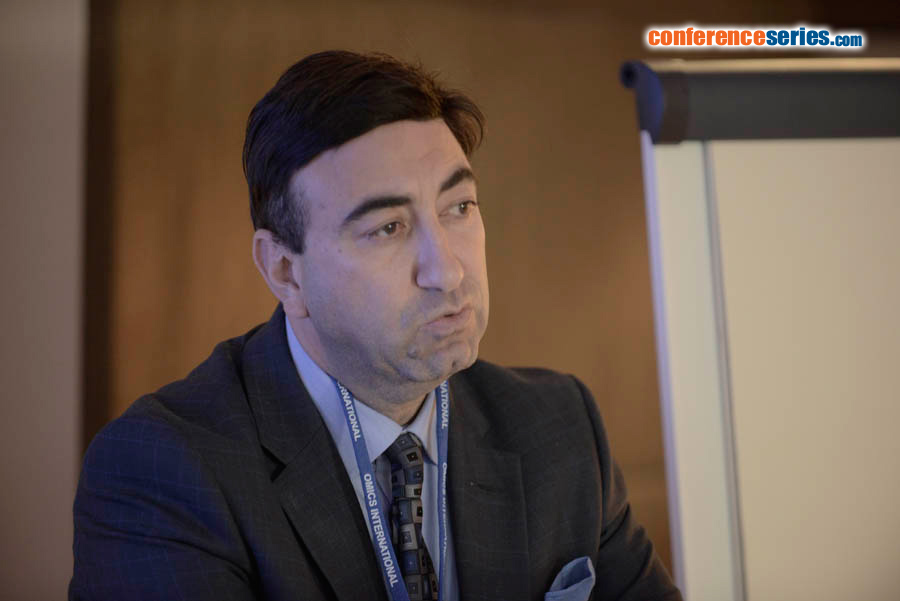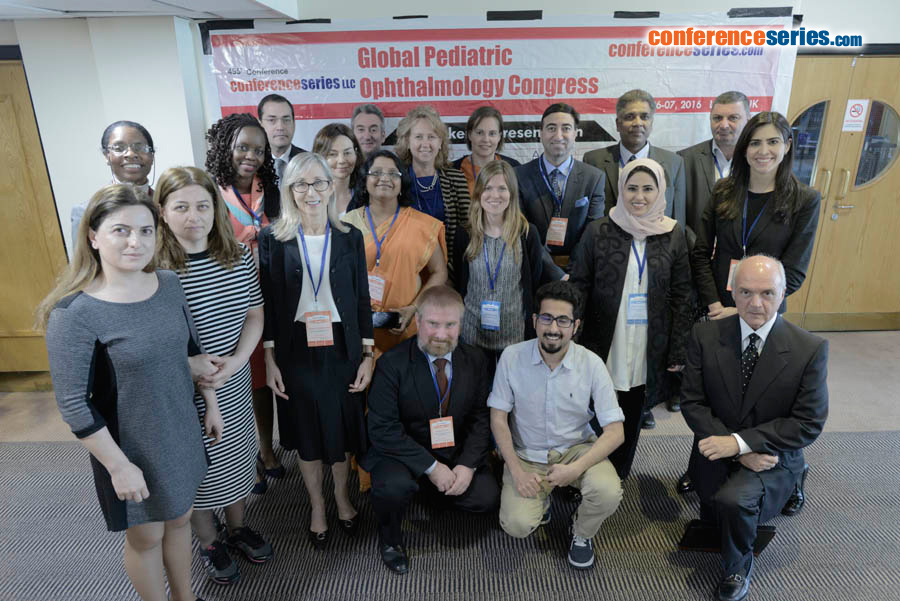
Mohamed Mostafa Kamel Diab
Ain Shams University
Egypt
Title: Sound eye versus amblyopic eye surgery for correction of unilateral sensory strabismus
Biography
Biography: Mohamed Mostafa Kamel Diab
Abstract
Purpose: Based on Herring's law of equal innervations to the yoke muscles, this study aims at comparing the anatomical outcome following sound eye surgery versus amblyopic eye surgery for correction of unilateral sensory strabismus in adult patients. Patients & Methods: A prospective study that included 148 adult patients with unilateral sensory strabismus (50 prism Diopters) and amblyopia. Patients were randomly allocated between two groups: Group-A included patients subjected to surgery in the sound eye only, and group B included patients subjected to surgery in amblyopic eye only. Patients were followed-up for at least 6 months to detect the anatomical success rate as well as any residual, consecutive or recurrent strabismus. Results: After a mean follow up period of 7.68±1.93 months in group A, 61 patients (82.4%) had orthotropia, two patients (2.7%) had residual strabismus, 8 patients (10.8%) showed consecutive overcorrection, and three patients (4.1%) had recurrent strabismus. In group B and after a mean follow-up period of 7.24±1.72 months, 49 patients (66.2%) had orthotropia, 3 patients (4.1%) had residual strabismus, 9 patients (12.2%) had consecutive overcorrection, and lastly thirteen patients (17.6%) had recurrent strabismus. The differences between the results of both groups were statistically significant (p<0.05) only in the patients who achieved orthotropia and those with recurrent strabismus. Conclusion: For unilateral sensory strabismus and amblyopia in adults, sound eye surgery could give a higher success rate with a lower chance for recurrence at six months, as compared to amblyopic eye surgery.



